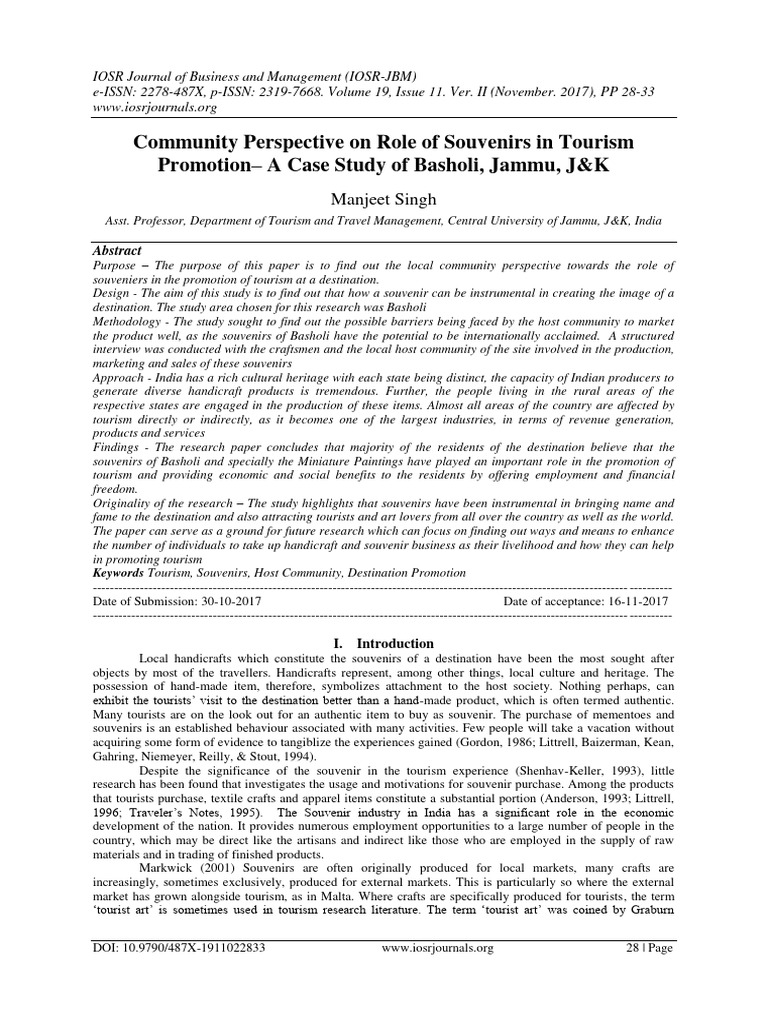

Finding authentic souvenirs at tourist destinations is often a frustrating experience, often a chase after a real connection with the local culture. Tourists frequently feel bombarded by mass-produced trinkets, leaving them with a sense of emptiness, not really capturing the essence of the place. Authentic souvenirs represent a cultural connection—a tangible link to the history, traditions, and creativity of a particular region. However, in today’s crowded tourist destinations, finding true authentic souvenirs can be surprisingly challenging. This article explores the difficulties tourists face and offers practical strategies for finding authentic souvenirs. It will cover the reasons behind the prevalence of fake souvenirs, strategies for recognizing authenticity, and tips for supporting local artisans and businesses. The structure of the article will guide you through the various aspects of this challenge, from the initial stages of souvenir shopping to the long-term impact of your purchases.
The Allure of Authentic Souvenirs
Understanding the Appeal of Cultural Connection
Authentic souvenirs hold a special appeal for travelers, going beyond mere trinkets or gifts. They symbolize a deeper connection with the local culture, representing history, traditions, and craftsmanship. For travelers, these souvenirs act as tangible reminders of their journeys and cherished moments. Authenticity, in this context, means the souvenir is crafted by local artisans using traditional methods and reflecting the cultural heritage of the region. When a tourist purchases an authentic souvenir, they are not only bringing home a piece of the destination’s culture but also directly supporting local artisans and promoting sustainable tourism.
The Deception of Mass-Produced Souvenirs
However, the desire for authentic souvenirs often clashes with the reality of tourist destinations. The sheer volume of tourists creates a marketplace where mass-produced trinkets, often poorly crafted copies of authentic items, flood the market. These imitations are frequently made with lower quality materials and lack the intricate details and cultural significance of authentic pieces. The high demand from tourists drives a market where profit often outweighs authenticity.
Recognizing the Red Flags
Identifying Inauthentic Souvenirs
Recognizing counterfeit souvenirs can be challenging but crucial for tourists seeking authentic experiences. One of the most obvious red flags is the suspiciously low price of an item compared to similar, authentic pieces. If an item’s price seems incredibly low, it’s important to question its origin and authenticity. Similarly, the absence of any information about the artisans or the production process should raise a red flag, as it suggests a lack of transparency. These items are often made to maximize profit with little regard for the true value and artistry behind authentic craftsmanship. The overabundance of certain designs, the homogeneity of the products, and the absence of local craftsmanship cues can also be red flags. Tourists should carefully examine the details, materials, and construction of the item to determine its authenticity.
Supporting Local Artisans
Beyond spotting inauthentic souvenirs, supporting local artisans is essential for maintaining a culture of authenticity in tourist destinations. Direct engagement with artisans enables tourists to gain a deeper understanding of their craft. This allows for a richer experience for both the tourist and the artisan, and facilitates better pricing and fair compensation for the creator. Through face-to-face interactions, tourists get to understand the significance of the piece in their culture, and the meaning it holds for the local artisans. This kind of engagement not only respects the craftsmanship but also cultivates a lasting connection with the community behind the product.
Navigating Tourist Markets
The Challenges of Overcrowded Areas
Tourist areas are often saturated with souvenir stalls and shops, where authenticity is often secondary to the allure of quick profit. The sheer volume of tourists can overwhelm local artisans and vendors, creating an environment where some may resort to mass production and lower-quality imitations to meet the high demand. Tourists in these highly trafficked areas must carefully assess the authenticity of the items and exercise caution. This often involves extensive research, and even then, finding truly authentic items can be a challenge.
Exploring Alternative Markets
Outside the main tourist areas, alternative markets can offer unique and authentic options. These markets often feature independent artisans showcasing their work. Locating and supporting these vendors is often a better option for buying authentic souvenirs. Markets like local craft fairs, and farmers’ markets, can also provide a space for authentic products to shine. Seeking recommendations from local guides, hotels, and residents can lead to hidden gems and reliable sources.
The Role of Ethics in Souvenir Hunting
Recognizing the Impact of Consumption
Purchasing souvenirs carries an ethical dimension. The desire for inexpensive souvenirs can sometimes lead to exploitation of local artisans, and their cultural heritage. Understanding the ethical considerations behind souvenir purchasing is crucial. By purchasing souvenirs, tourists are directly impacting local businesses. These purchases can vary significantly in terms of impact and influence the future of artisan communities. Supporting small-scale crafts can preserve local traditions.
Choosing Sustainable Practices
Consumers must ensure that they prioritize ethically sourced souvenirs and avoid supporting businesses that exploit labor or compromise local traditions. Prioritizing souvenirs that come from workshops that emphasize fair compensation and ethical production methods is essential. Consumers should favor artisans or small enterprises that clearly demonstrate their dedication to responsible and sustainable practices. Understanding the impact of their choices empowers tourists to make purchases that respect the heritage of the region.
Strategies for Success
Research and Preparation
Thorough research beforehand can greatly enhance the chances of finding authentic souvenirs. Online resources, travel guides, and local communities can offer insight into local artisans and markets. Before embarking on your souvenir hunt, researching and gaining knowledge about the local culture and artisans will help you identify authentic items, avoiding scams and tourist traps. It’s worth reading about the history of the crafts or specific techniques used in the region. The more you understand the local context, the better equipped you’ll be to evaluate the authenticity of the souvenirs you encounter.
Supporting Local Artisans
Directly engaging with local artisans is a critical step towards securing authentic souvenirs. This approach ensures that your purchase directly benefits the creators and preserves local traditions. Instead of purchasing from mass-produced shops, seek out local markets, workshops, or small businesses that sell handcrafted items, allowing you to meet the artisans and appreciate their skills. By supporting local artisans, you can significantly contribute to the preservation and continuation of cultural traditions.
Frequently Asked Questions
Q1: What are some common red flags when trying to find authentic souvenirs?
A1: Many tourists encounter the challenge of identifying genuine souvenirs, often falling prey to easily replicated items. One key red flag is the suspiciously low price compared to other similar items. Another is the absence of any information about the artisans who crafted the piece. If the souvenir seems too good to be true, chances are it might be. Also, be wary of overly touristy areas as they might prioritize maximizing profit over authenticity. Look for handmade details, unique designs, and verifiable information about the craftsperson or business. Authentic souvenirs usually carry stories, and you should be able to discern those stories from the souvenirs themselves.
Q2: Are there any alternative strategies to finding authentic souvenirs?
A2: Yes, several strategies can improve your odds of finding authentic souvenirs. Support small, local businesses rather than large souvenir shops; they usually prioritize authentic creations. Look for markets specifically showcasing local crafts, as these are more likely to provide authentic items. Explore less-touristy areas where local artisans are likely to operate their own stalls or workshops. Local hotels and businesses in smaller towns can also offer valuable recommendations of reliable vendors. By venturing beyond the most frequented tourist spots, you increase the chance of connecting with local artisans and acquiring a truly unique souvenir.
In conclusion, finding authentic souvenirs at tourist destinations can be a challenging but rewarding experience. By understanding the factors contributing to the difficulty—from over-commercialization to a lack of transparency—visitors can be better prepared to make informed choices. Researching local artisans, visiting local markets, and supporting smaller businesses are key to ensuring your souvenir purchase is truly authentic and meaningful. If you’re looking for a trustworthy and ethically sourced souvenir, we encourage you to do your research, ask questions, and seek out alternatives beyond the typical tourist traps. Your next authentic souvenir hunt awaits!